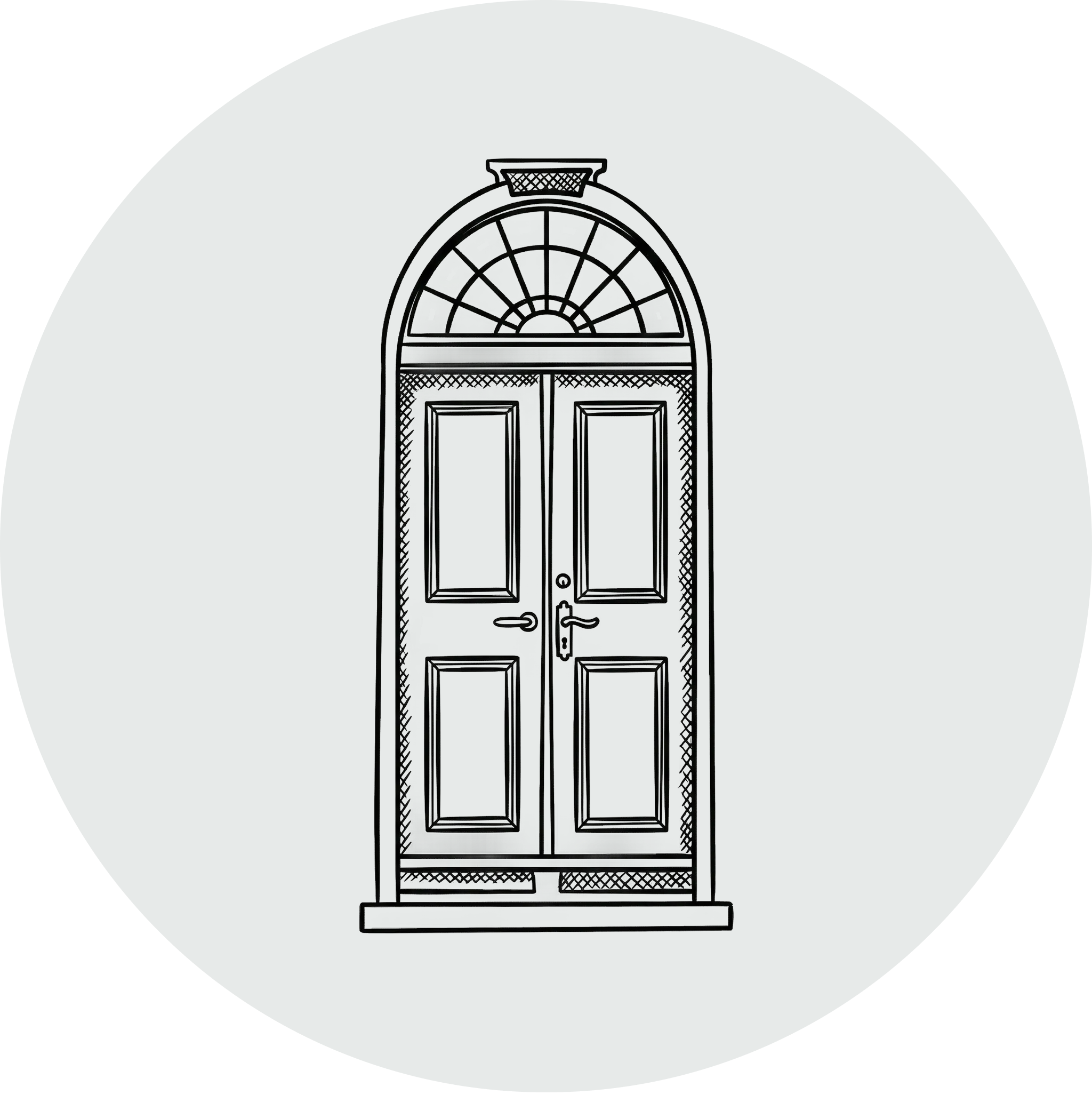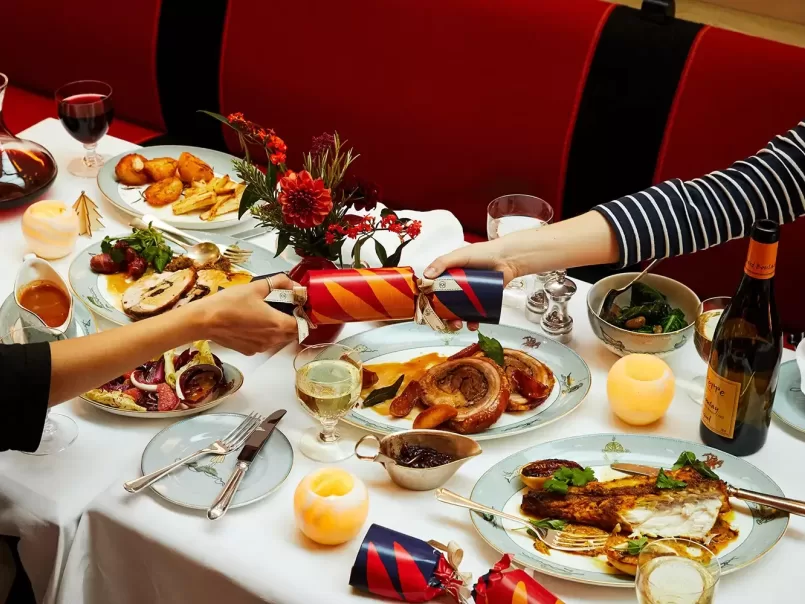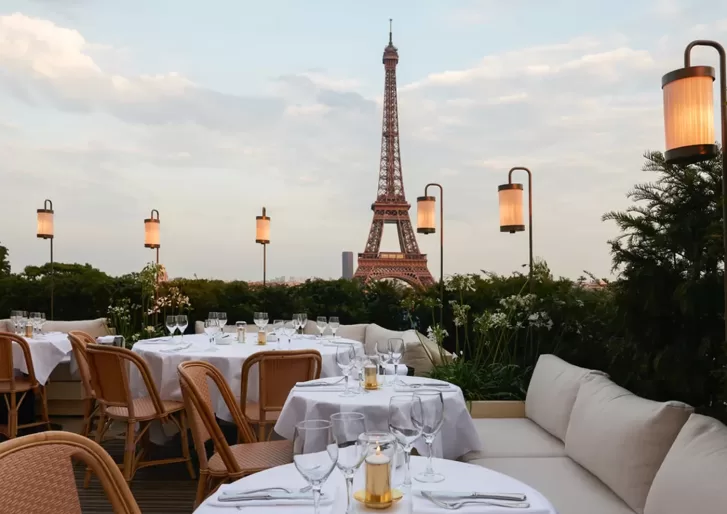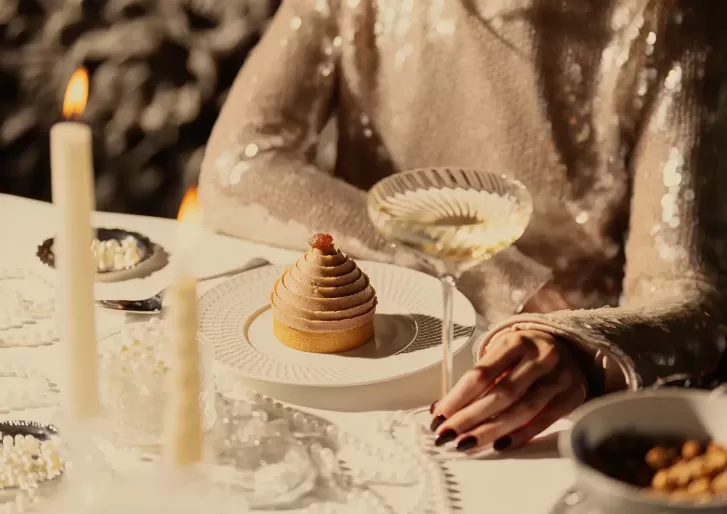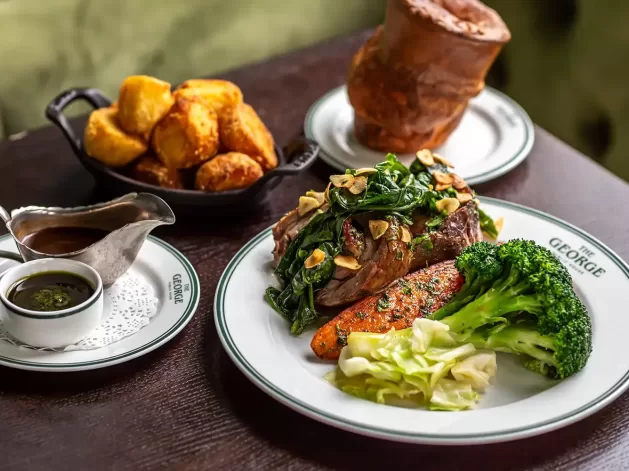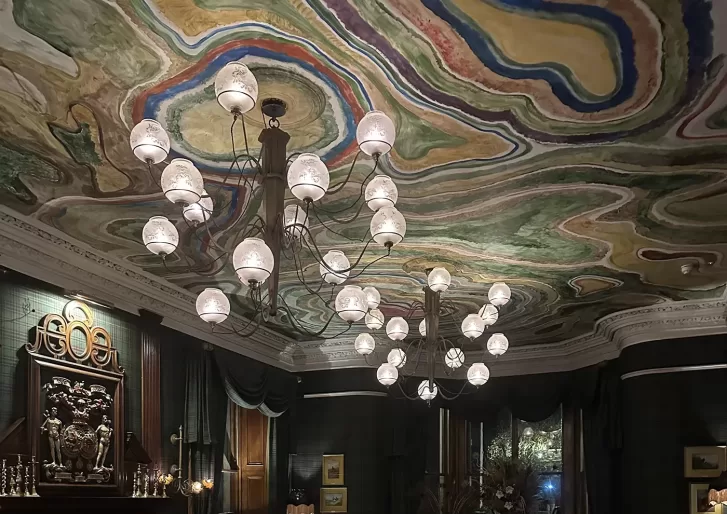This is where you'll find the latest in luxury.
Discover what's new and now.
No articles found
How to spend New Year’s Eve in Paris
From dinner cruises to cabaret dancing, we’ve rounded up the top ten ways to ring in the year.
Read moreYour guide to New Year’s Eve in Aspen
Our guide to New Year’s Eve in Aspen covers where to go, stay, dine, and après to ring in 2026 in serious slopeside style.
Read moreLondon’s most stylish New Year’s Eve celebrations
The countdown to New Year’s Eve is on. Here are London’s top twelve spots for celebration this 31st December.
Read moreWhere to dine on Christmas Day in London
We’ve made a list, and checked it twice. This is where to dine out for Christmas lunch (or dinner) on 25th December this year.
Read moreWhere to watch the NYE fireworks in Hong Kong
Want to ring in 2026 the right way? From ritzy restaurants to private penthouse parties, here’s where to watch the NYE fireworks in Hong Kong.
Read more10 festive pop-ups to book in London this month
The city has welcomed winter with open arms. From rooftops to terraces, these are our top ten festive pop-ups to book in London this month.
Read moreEditor's picks
New London restaurants
It’s here: our monthly digest of every new drinking and dining spot to have on your radar.
Read moreLast month in luxury
Ever wondered what life is like as a Quintessentially member? Here’s an inside look into our world…
Read moreHong Kong’s best alfresco restaurants
November is the best month of the year in Hong Kong. These are the city’s best alfresco dining spots for when the sun is shining and skies are blue.
Read more
NOTED
Stay in the know with our monthly newsletter – a complimentary edit of everything new and noteworthy in the luxury world.
By signing up to the newsletter you confirm you have read & agree to the Privacy Policy.








